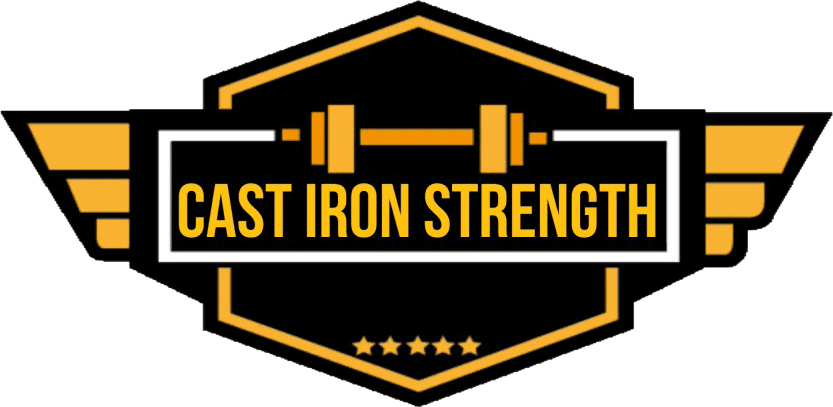
Discuss this article on our forums!
Having been a powerlifter myself for a number of years now and dealing with sports people (mainly rugby union for injury) you get a good chance to deal with injured populations. Whilst resting an injury is the most common approach to rehabilitating it sometimes inactivity can lengthen the healing process.
“Among patients with acute low back pain, continuing ordinary activities within the limits permitted by the pain leads to more rapid recovery than either bed rest or back-mobilizing exercises.” – New England Journal of medicine 1995
It is now accepted protocol that if you suffer a lower back injury you should try and continue with activities within limits as total bed rest can cause your recovery to take a longer time. I don’t see why this logic would not carry through to other injures that aren’t traumatic in nature (muscle/tendon rupture or broken bones).
In my history of injuries I have met with mixed success with training through it, my shoulder has always responded well to training around the injury. My most recent hip injury didn’t really seem to respond to anything other than rest to a point but after that point modified training seemed to help greatly. Lowerback issues come and go but it seems best practice to just train around them.
What are good guidelines to adhere to when training around an injury?
- Begin by trying a wide selection of exercises and variations to see which ones you can train with little to zero pain.
- Start using high repetitions using (15 to 20 reps) over 2 to 3 sets.
- Gradually over time increase the load and decrease the rep range.
- Every 2-3 weeks try some exercises that may have hurt the injury prior to that session to try and gauge your progress.
- Always take note of acute or nipping pain and don’t train through it as it may make the injury worse.
Some examples of injuries and how you might deal with it.
A/C Joint / Shoulder impingement.
- Try pressing/pulling with different grips and implements, with bench press variations try limiting the range of movement using a board or foam implement.
- When you have a battery of exercises that don’t hurt set up an upper body programme using the following guide lines.
- 2 to 3 sessions a week. A ratio of 3:1 pulling exercises to pressing exercises. Use only exercises that cause no pinching pains or discomfort, mild tightness can be worked through.
- Week 1 – 3 sets of 15, Week 2 – 3 sets of 12, Week 3 – 4 sets of 8
- Week 4 – Re test exercises and try and ascertain when you can reintroduce key exercises pain free.
Acute Hip / low back pain in a deep squat position.
- Try squatting with various implements to different depths (front squat, back squat, goblet squat, SSB squat, Trap Bar, using boxes of various heights to mark your depth).
- Stay away from single leg exercises for the first 3-4 weeks as it can aggravate some hip/low back injuries.
- Once you have settled on 2-3 variations you can do pain free do the following.
- Perform a good foam rolling and activation warm up before each session to give you the best range of motion around the hip.
- Train 2x a week. 3 sets per exercise. 2-3 exercises per work out.
- Week 1 – 3 sets of 15, Week 2 – 3 sets of 12, Week 3 – 4 sets of 8
- Week 4 – Re test exercises and try and ascertain when you can reintroduce key exercises pain free.
With each injury the solutions you come up with will probably be completely novel as no two injuries are exactly the same really due to different person’s training histories, anatomy etc etc so you need to think out of the box when you come up with your own solutions.
Just make sure to
– Train Pain Free
– Progress load or range slowly and systematically
– Continue to engage in low level mobility and rehabilitation work ideally with the guidance of a physiotherapist.
Marc

